Essential Tips for Motorcycle Camping
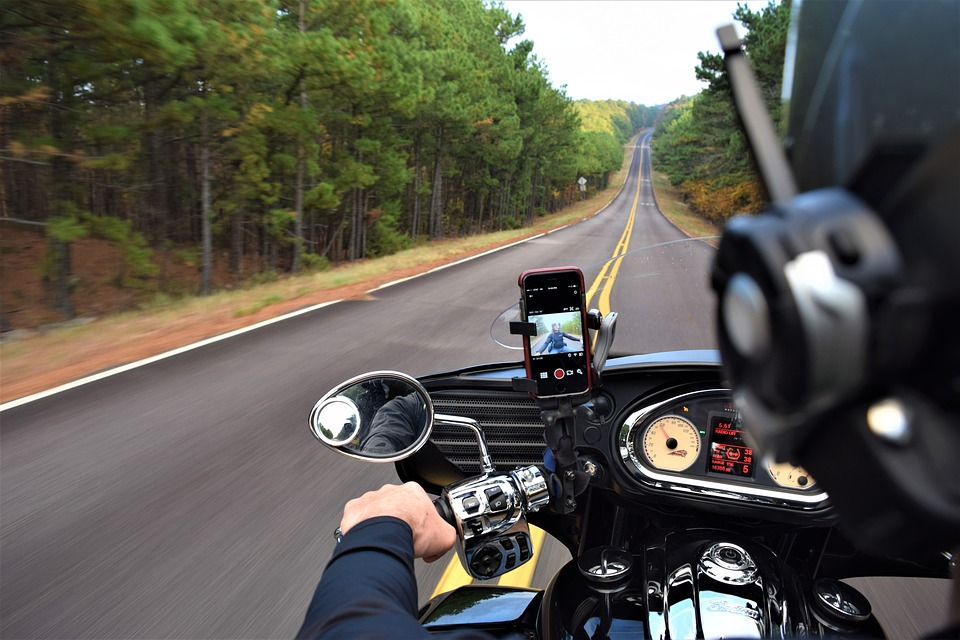
Image Credit: Pixabay
Camping offers the chance to enjoy nature in peace and quiet, look at the stars, build a fire, and get connected with life away from the hustle and bustle of the city. Camping is cost-effective as well, and most people have various campgrounds within easy driving distance to their home.
If you own a motorcycle, you probably know that the motorcycle allows you freedoms that a car never will. You can feel the wind in your face, you fit in spaces that a car never would, and your motorcycle saves you money on fuel every time you take it out. If you love to camp and you love to ride your bike, the next logical step is to combine the two things and plan a motorcycle camping trip!
You will have less room to pack things on the bike, but you can work around this with ease. Getting away on a camping trip with your bike is effortless with some planning in advance, and you will be wondering why you didn’t start taking these trips sooner!
Essential Tips for Motorcycle Camping
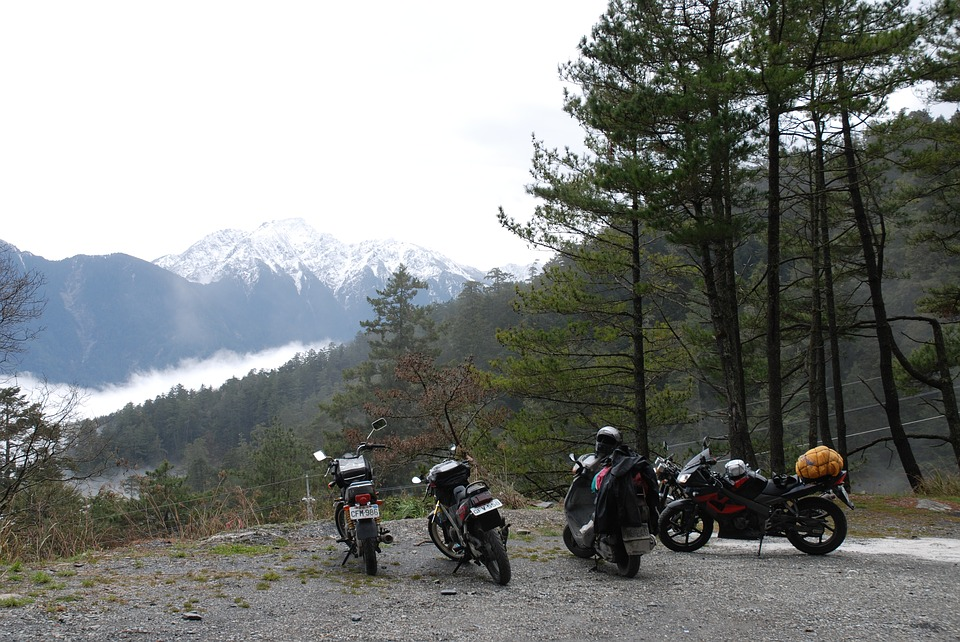
Image Credit: Pixabay
1. How Long Are You Planning to be Away?
This is the first thing that you need to think about when you are planning a motorcycle camping trip. You will need to be able to pack enough clothes and food for the number of days that you plan to be away from home, and your bike will have limited space for this.
If you plan to be gone for more than a week, just plan to do laundry while you are on the road. This will save you from packing more clothes than you have space for. Make sure that you have enough food with you to get you through the early part of the trip, but plan to head to a grocery store for a restock in the middle of the week.
Make sure that your license, your bike’s stickers, and tags, and all of your camping arrangements are in order and will not expire while you are away. If you are going to be gone for a few days, this may not be an issue, but if you are planning to be away for a week or more, you will need to think long-term.
2. Consider Staying In Campgrounds
There is something romantic about the idea of roughing it and camping near a beautiful lake or river along your drive, but the realities of this kind of experience are often a shock to people. Lack of running water can make eating quite difficult, and you will not want to have a fire in these types of locations either unless the rules allow for this.
On top of the lack of water and fire, you may not be able to park your bike convenient to your sleeping spot, and this can pose a major safety risk. A bike is very easy to steal and being unable to secure your bike in a reliable way, plus being away from other people, can be a recipe for theft.
Campgrounds are more secure, have bathrooms, tables, and running water. While you might be near other people, you will be safe, and you will have access to the bare essentials that you need to be comfortable during your camping trip.
3. Consider the Season
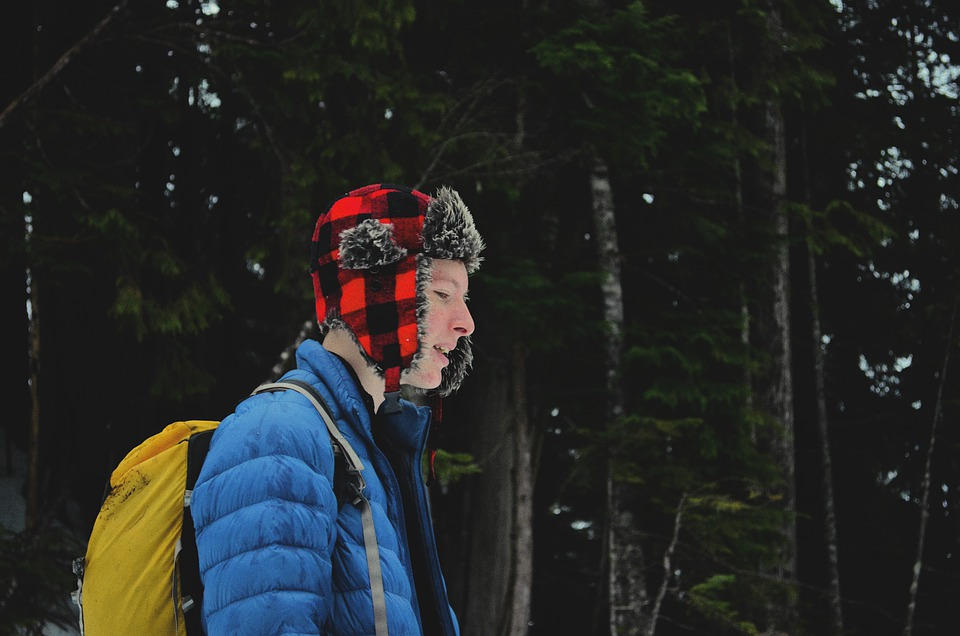
Image Credit: Pixabay
Related to the question of whether or not to stay in a campground, you will need to plan for the weather. Your trip on the bike itself may be warm due to your bike gear, but once you get to the campground, if it iscold out, you will need a complete set of warm clothing.
If it is raining, you will need rain gear that is not used on the bike, as well as cold-weather clothing. This can really add up as far as storage goes, and you will need to think about a few other items that are related to travel during the less comfortable times of the year.
If you want a fire, you cannot just throw a heap of wood into the bed of your truck and head to the campground. Pick your camping spots based on the arrangements that they offer for buying firewood. This is a commonplace issue that happens when people are camping off their bike and run into trouble because they have never had to think about where to get firewood after they arrive at the campground. If you can buy some firewood at the campground, then you are in business!
4. Don’t Skip The Tent
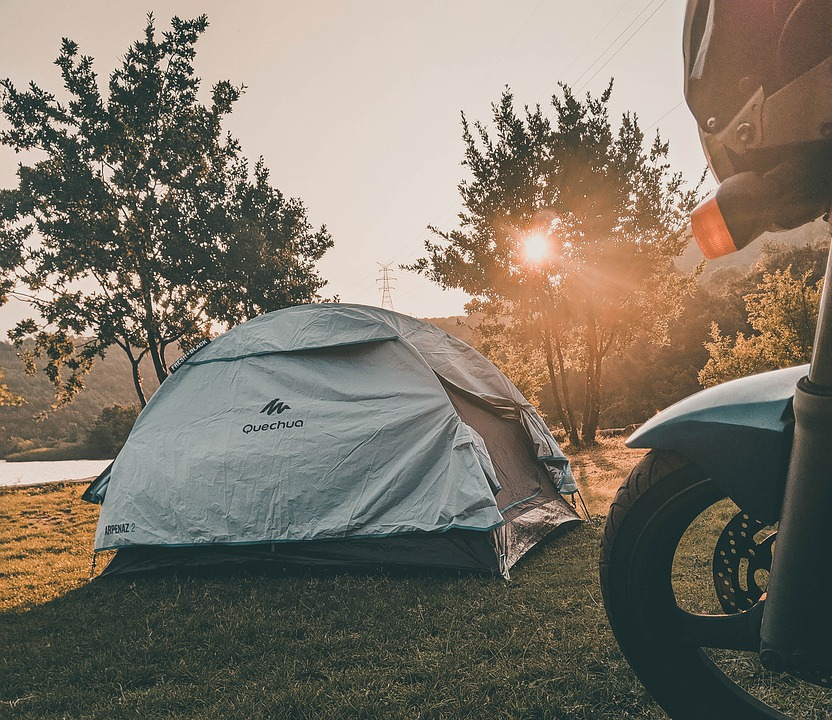
Image Credit: Pixabay
You might be tempted to skip taking a tent with you. After all, you would be saving on space, and you have slept outside under the stars before, right? While this might be the case as far as your own ability to sleep without the protection of the tent, there are other considerations that you need to be aware of.
A tent basically comes with its own waterproofed base, which means that you do not have to pack a tarp with you to keep your back dry and away from the morning dew. You will potentially need somewhere to take off and dry wet riding gear, and you will find that most campgrounds are just too public to be convenient for clothing changes without the privacy of a tent.
Beyond all of this, a tent is a good safety measure so that no one thinks that your bike has just been abandoned in the campground and can be stolen. A tent gives you a semblance of permanence while you are traveling and this is a good thing for many reasons.
5. Pack The Right Sleeping Bag
If you are traveling in the colder months of the year, you will need a sleeping bag that will be able to keep you warm. Don’t scrimp on this part of your packing plans. You would be shocked at how cold and miserable you can become just because you did not bring the right sleeping bag for the season.
Inflatable sleeping bags work great for storage on the bike and they are usually rated just the same as other types of sleeping bags. People report that they are comfortable and that you really do get the warmth that you need, just like a traditional sleeping bag.
Storage of your sleeping bag on the bike can be a challenge if you don’t have an inflatable bag, but you consider using space-saving bags or compression bags to make the sleeping bag easy to deal with and attach to the bike.
6. Bring a Real Map With You
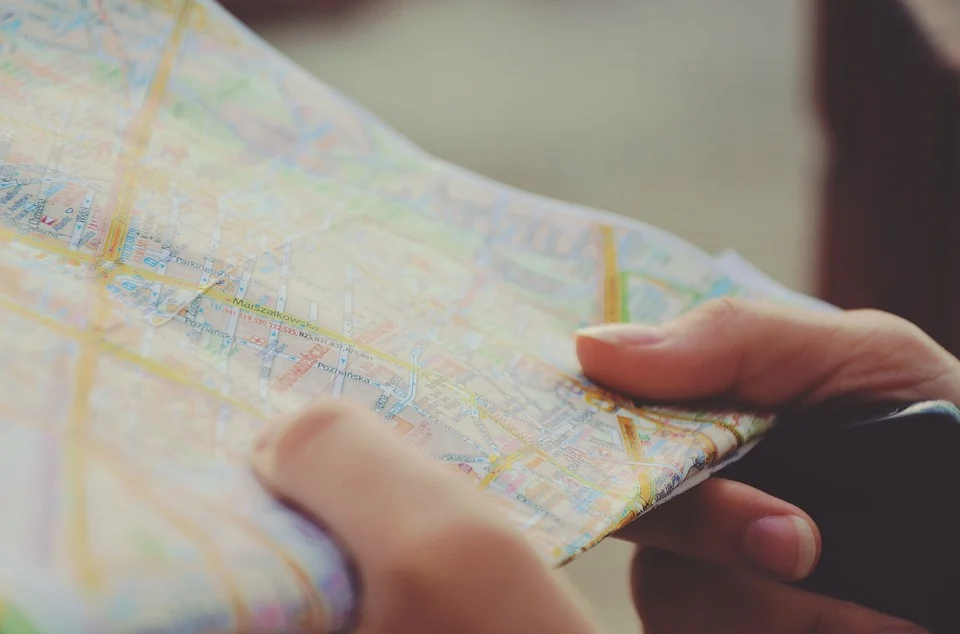
Image Credit: Pixabay
You would be surprised at how much pushback you get about this one! People are so used to using their phones or other devices for navigation that they don’t want to be bothered with packing a paper map for their motorcycle camping trip.
The problem with skipping this step is that your phone or your navigation device can sometimes have trouble connecting to service and then you will lose your map instantly. On top of that, motorcycle gear is full of handy pockets and other locations to stuff things when they are not in use, but it is all too common to lose a cellphone while riding to the campground or to drop a device and smash it.
If you are suddenly in the middle of nowhere with no guidance, you need to have a backup plan to get you back to civilization. This is especially true at the end of the trip when you are out of food and other supplies. A paper map takes up very little space, and it can come in handy in a big way in a bind.
7. Pay Attention to Weight Distribution
People sometimes get so invested in packing all of the things that they want to bring with them that they forget about the balance of their bikes. Your bike needs to be able to balance as intended for your safety, and stuffing far too many items on one side of the bike can cause a dangerous weight distribution issue.
Make sure that you pack the heaviest items at the bottom of your saddlebags or your storage compartments. This will affect the balance of your bike far less than placing them higher in the storage spaces. Also, make sure that you put heavy items in front of the rear tire and distribute them evenly on both sides of the bike.
Lighter items go up higher on the bike, but also need to be separated equally. Consider getting a backpack to carry some of the items that you cannot spread out equally between the two sides of the bike. There is a myriad of packing assistance items that you can purchase for your bike, and these can help you to pack safely and carefully for longer trips without having any issues with weight being improperly placed on the bike.
8. Buy Lightweight Cooking and Camping Gear

Image Credit: Pixabay
If you have traditional camping items already, you might be disappointed at this one, but the reality is that your traditional camping items are probably too heavy and bulky for easy storage on your bike. You can find many lightweight and space-saving versions of the traditional camping and cooking gear, and you will want to invest in these items before you leave on your trip.
Also, consider what items you can live without. You may not need as many things as you think, and traveling on the bike might help you to cut back on the cooking and camping gear that you traditionally bring with you on camping trips. Multi-purpose tools can be a great space saver as well, and many camping gear makers have lots of these kinds of items on offer.
9. Buy a Solar Charger or a Power Brick
You would be surprised at how often people forget about charging their devices while they are away. If your bike does not have a charger port, or if you want to charge things when you are in the actual campground and not riding, you will need a solar charger, or a power brick or two.
Power bricks can last for a few days if you get the right ones, and a solar charger can be really helpful so long as you can count on enough light/sun to use to make it work. These items are a great backup for you if something happens and you cannot get a charge on your devices through the use of the bike.
10. What Else to Pack

Image Credit: Pixabay
The smaller things are sometimes where people stumble, so here is a good packing list for the basics that you will need on your trip.
Make sure to pack toothpaste, soap, and shampoo, but use trial size bottles and containers to save space. A knife, zip ties, a multi-tool, and a rope are always needed. You can also bring a flashlight if you have space, some batteries, and duct tape. Don’t forget your security chain and your lock for your bike!
Pack a roll of toilet paper, some empty Ziploc bags, a trash bag, and some paper towels. You might be able to buy these things when you arrive at the campsite as well, but it can be nice to just have them with you so you can get right to camping.
Last but not least, have a first aid kit with you, some Benadryl, and some bandages. You don’t want to get hurt or have an allergic reaction from a bee sting and be unable to get to help because you did not bring the proper first aid supplies with you.
Motorcycle Camping Requires a Little Planning but is a Ton of Fun
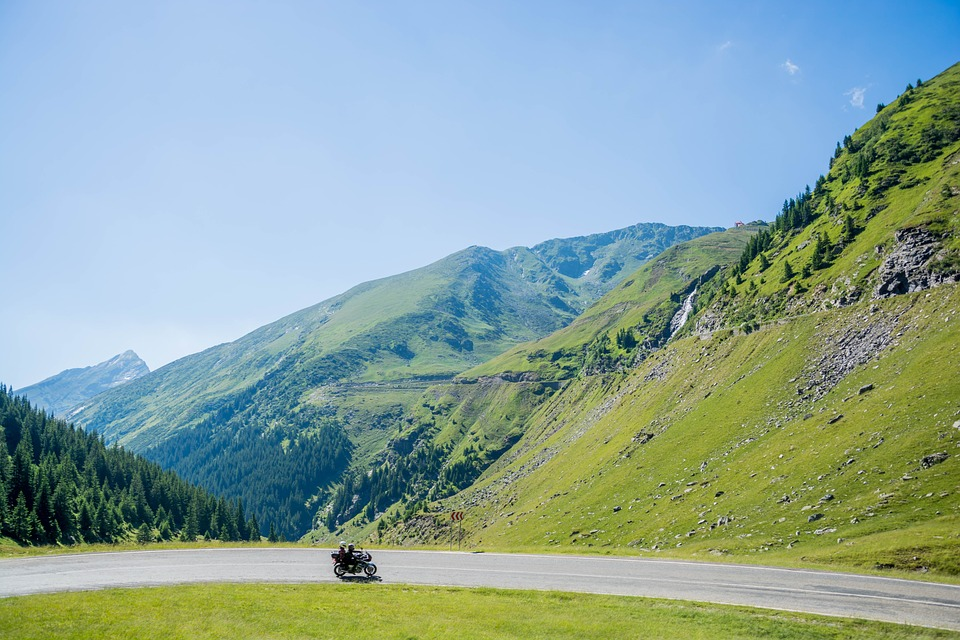
Image Credit: Pixabay
Motorcycle camping is one of the most immersive and pleasurable experiences that you can have. Being outside and truly in nature, both on your trip to the camping location and at the campground itself, is one of the most special parts of this kind of camping.
Plan ahead, and you can experience camping at its finest, complete with peace, quiet, and the flexibility to travel light. Once you go motorcycle camping, you will never want to waste time on traditional camping again!
Updated